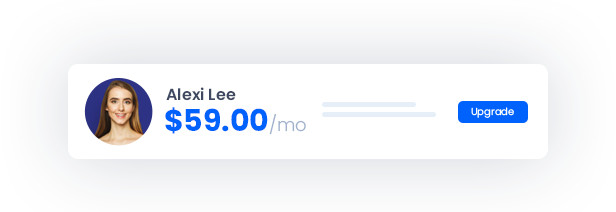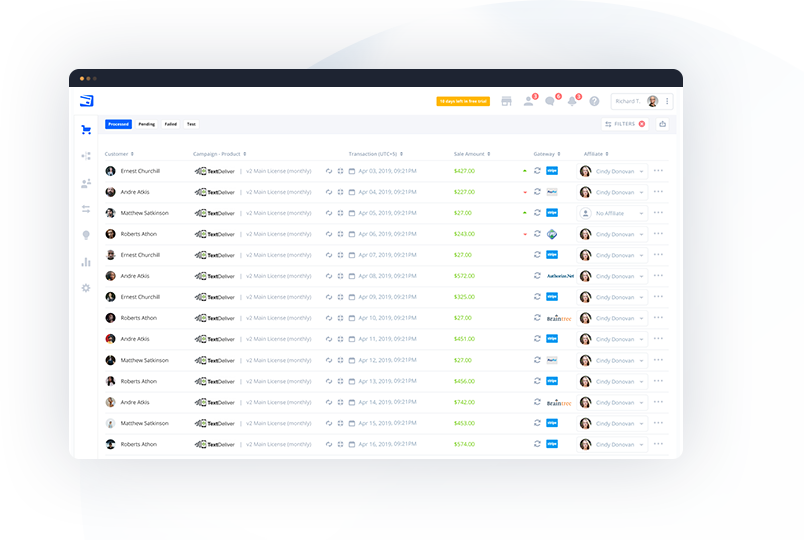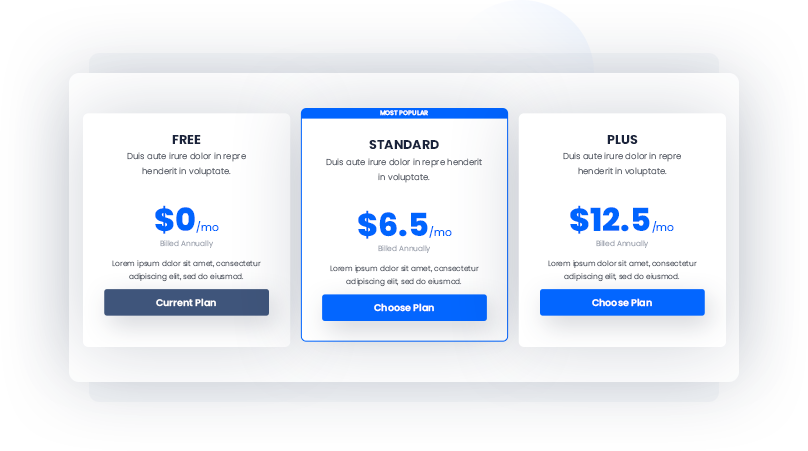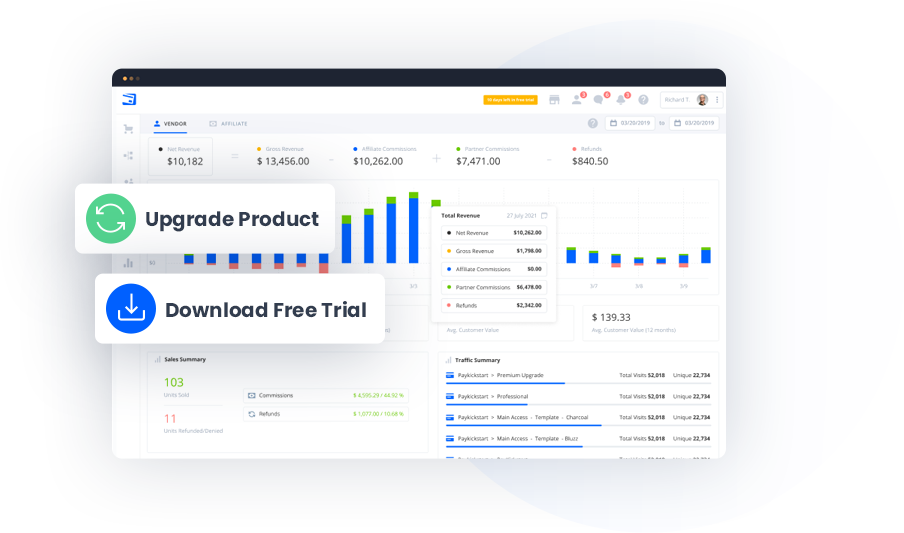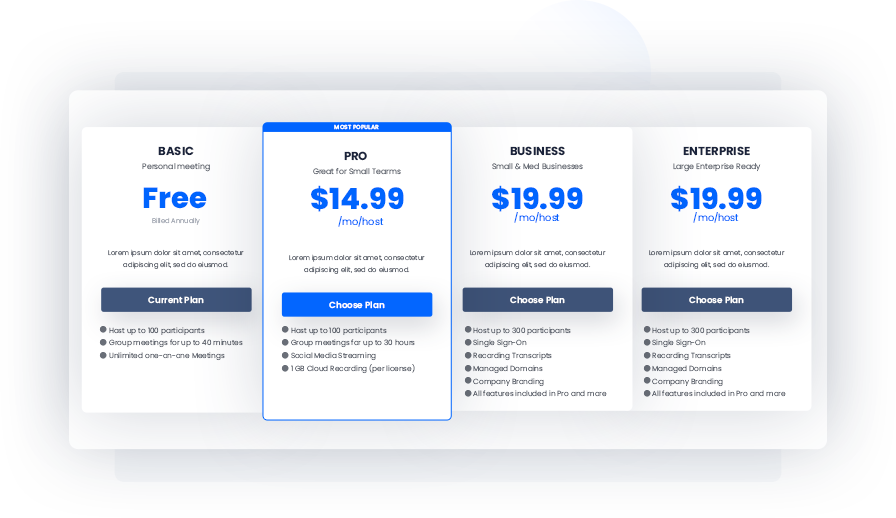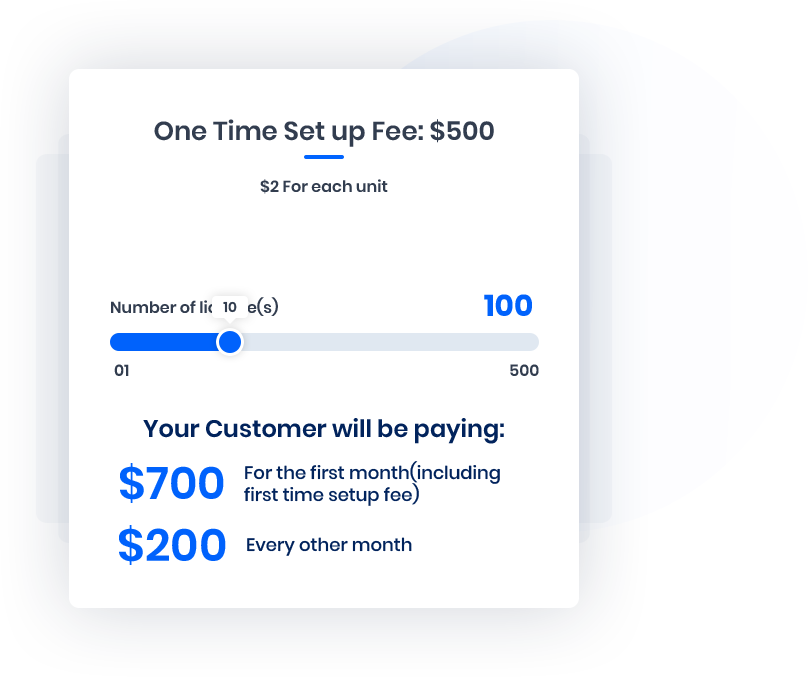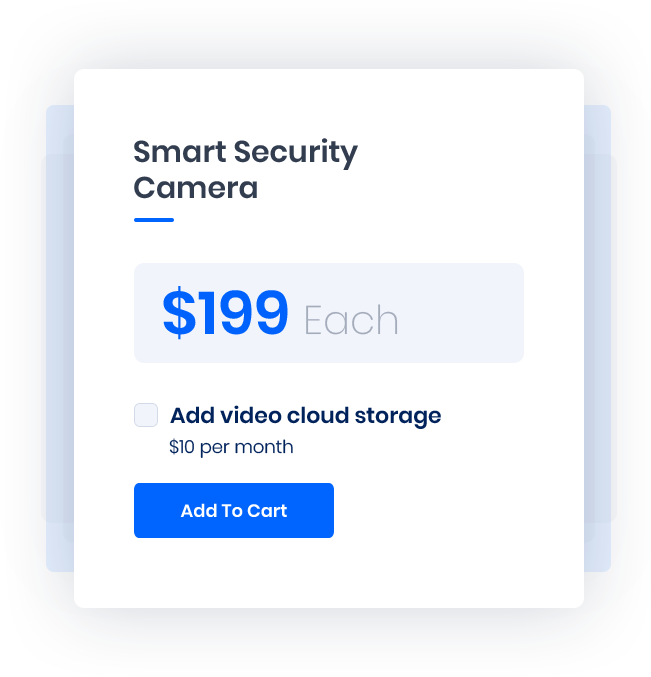Pricing
Models
With over 1 million possible pricing permutations, PayKickstart provides the ability to quickly create, deploy and experiment with different recurring billing models — aligning your pricing strategy with how customers consume your products.

